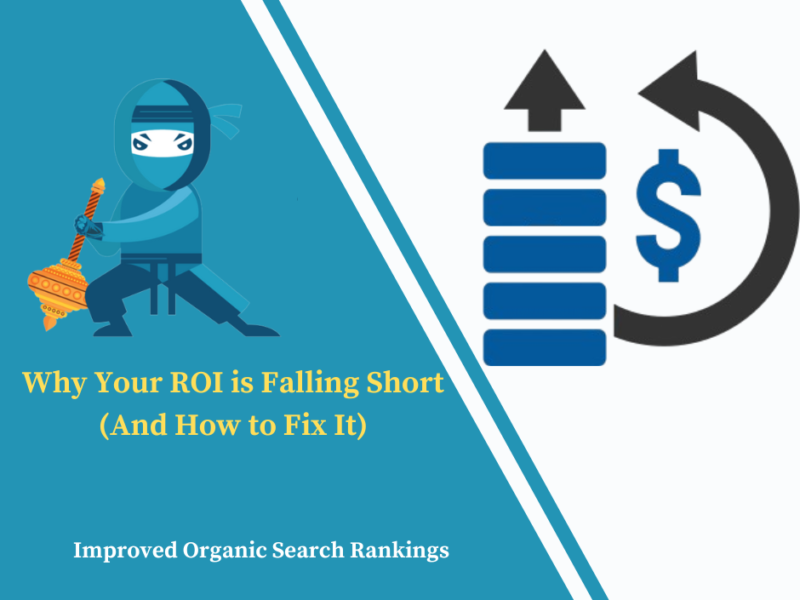
Days
Hours
Minutes
Seconds
Your Deal is Expired
|
|

Edit Content

As a leading online marketing company, always focuses on changing and improving businesses and their outcome.
Where to find us
- SN-3, First floor, ratauli road, near Town park, Bank Colony
- herry@hanuitsolutions.com
- +917082069620
Working Hours
- Mon-Sat : 9:00am - 6:00pm
- Sunday - Closed
Get In Touch
Facebook-square
Instagram
Linkedin
Tag: Development

Why Working with a Web Dev Agency is a Smart Move
In today’s digital-first landscape, your website is...

Exploring the Best Web Design Companies for Your Next Project
In today’s digital era, your website...

Why Your ROI is Falling Short (And How to Fix It)
In today’s fast-paced business environment, achieving...
No posts found

